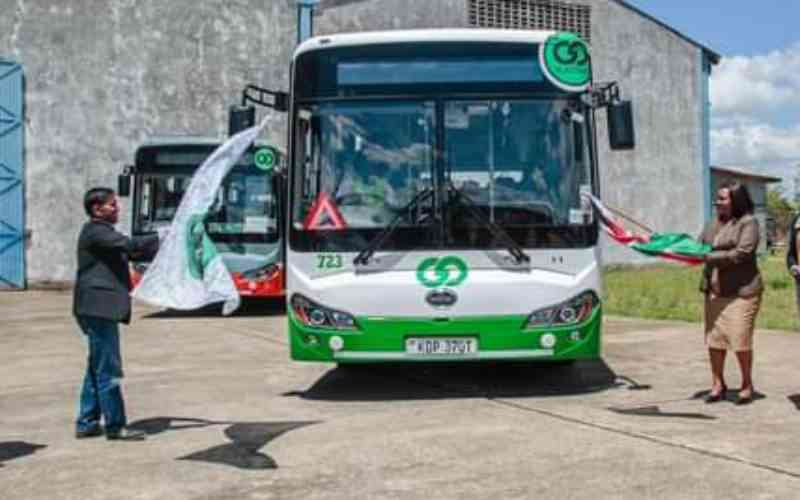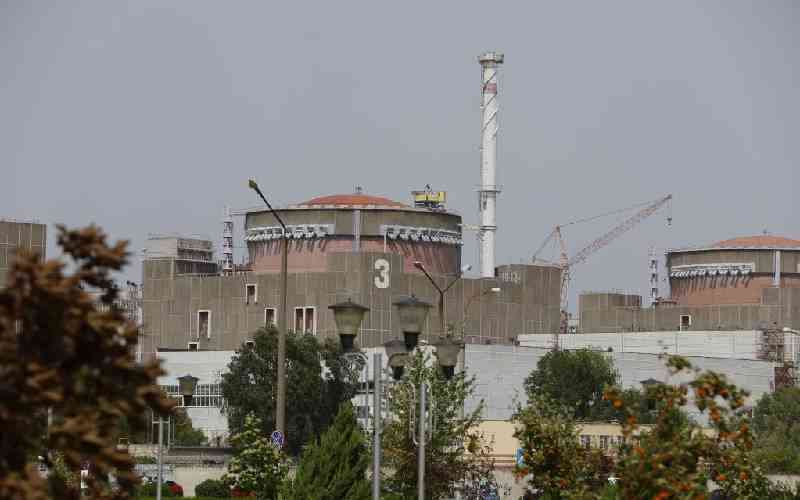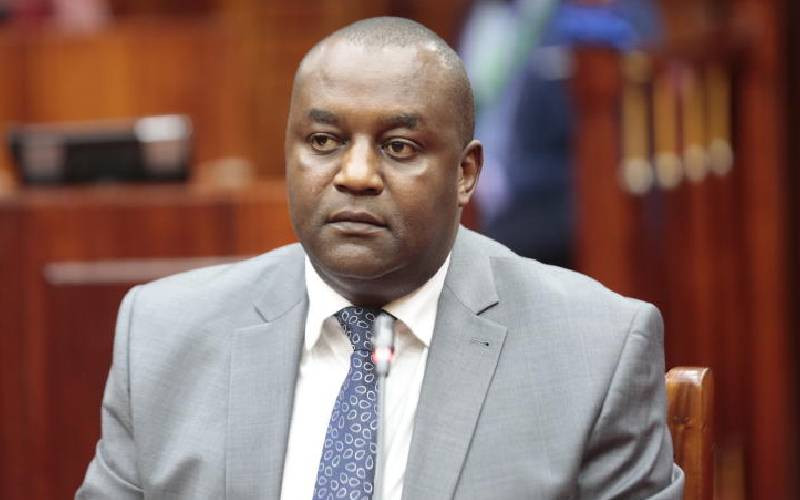Kenya’s plans to buy electricity from Ethiopia have reached a critical stage, with the expected signing of a $231 million (Sh23.6 billion) agreement to start construction of transmission infrastructure.
The Kenya Transmission Company (Ketraco) will tomorrow ink a deal with the African Development Bank (AfDB), World Bank and French Development Agency (AFD), who will finance the project. A consortium of Siemens AG (Germany) and IsoluxIngeniera SA (Spain) will be the contractors.
In 2011, Kenya, through electricity distributor Kenya Power, reached a deal with Ethiopia’s Electric Power Company (EEP) to import 400 megawatts of electricity to boost local capacity, which is below demand at just 2,298 MW. However, the absence of carrier infrastructure has delayed the implementation of this agreement.
Ketraco’s Acting Managing Director Fernandes Barasa said under the agreement, his firm will, in partnership with EEP, connect the two power systems through construction of a 1,045km, 500 kV high voltage direct current (HVDC) transmission line, and 2,000 MW HVDC converter sub-stations at both ends of the line. This will cost an estimated $1 billion (Sh102.1 billion).
The Kenya side of the transmission line is a 620km stretch divided into three lots of about 200km each. The first lot runs from Suswa to OldoNyiro, the second from OldoNyiro to Log Logo, and the third from Log Logo to the Kenya-Ethiopia border.
Under the terms of the agreement, Ketraco will also construct an interconnector between Kenya and Ethiopia, which will allow Kenya to tap into the Eastern Africa Power Pool (EAPP) from where it can draw electricity from countries with surplus production, as well as export power if local production exceeds demand.
The transmission line contracts are being funded through loans from the AfDB and AFD, while the HVDC converter sub-stations are being funded by the World Bank.
Reliable power
Construction of the transmission line is expected to be complete in 26 months’ time, or around December 2017, while the HVDC converter sub-stations are expected to be ready for commissioning by October 2018.
Mr Barasa termed the project a game-changer, saying once complete, it would help Kenya ensure reliability of power supply and help bring down its costs.
He added that the Eastern Electricity Highway project is part of a programme to integrate Kenya into the wider Eastern Africa regional power trade.
“This project sets off a wider programme that supports the integration of power systems of five countries with a combined population of over 200 million,” said Barasa.
Other projects in the programme include the Kenya-Tanzania power transmission initiative, which is already at the stage of procurement of contractors, as well as the ongoing Lessos-Tororo 400kV transmission line.
Within the framework of the EAPP, the programme has three phases for connecting the power grids of Ethiopia, Kenya, Tanzania, Uganda and Rwanda.
The first phase of the programme, the Eastern Electricity Highway, will connect the strategically positioned power systems of Ethiopia and Kenya.
Stay informed. Subscribe to our newsletter
“Initially, power will flow southwards from Ethiopia and help Kenya to meet its increasing demand,” Barasa said.
Ethiopia is home to the continent’s biggest hydropower plant and one of the most ambitious infrastructure projects undertaken in Africa — the Grand Ethiopian Renaissance Dam. The dam will generate up to 6,000 MW.
“Following the implementation of the Kenya-Tanzania and Kenya-Uganda power projects, the line will serve a larger number of East African countries that will interconnect to the EAPP network.
“These interconnections will create the transmission backbone for the region.”
Kenya is expected to become the central node of the integrated system.
In a more pan-Africanist approach, once a planned Tanzania-Zambia interconnection is built, the EAPP power system will be linked to the Southern African Power Pool.
[email protected]
 The Standard Group Plc is a
multi-media organization with investments in media platforms spanning newspaper
print operations, television, radio broadcasting, digital and online services. The
Standard Group is recognized as a leading multi-media house in Kenya with a key
influence in matters of national and international interest.
The Standard Group Plc is a
multi-media organization with investments in media platforms spanning newspaper
print operations, television, radio broadcasting, digital and online services. The
Standard Group is recognized as a leading multi-media house in Kenya with a key
influence in matters of national and international interest.
 The Standard Group Plc is a
multi-media organization with investments in media platforms spanning newspaper
print operations, television, radio broadcasting, digital and online services. The
Standard Group is recognized as a leading multi-media house in Kenya with a key
influence in matters of national and international interest.
The Standard Group Plc is a
multi-media organization with investments in media platforms spanning newspaper
print operations, television, radio broadcasting, digital and online services. The
Standard Group is recognized as a leading multi-media house in Kenya with a key
influence in matters of national and international interest.








